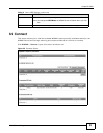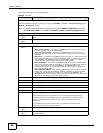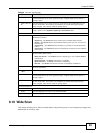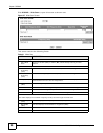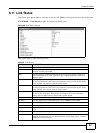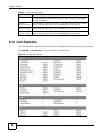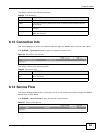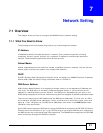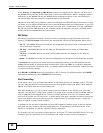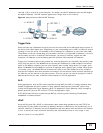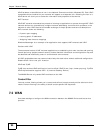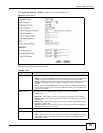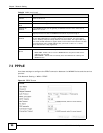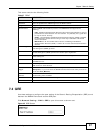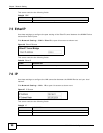
WiMAX Device Configuration User’s Guide 91
CHAPTER 7
Network Setting
7.1 Overview
This chapter shows you how to configure the WiMAX Device’s network setting.
7.1.1 What You Need to Know
The following terms and concepts may help as you read through this chapter.
IP Address
IP addresses identify individual devices on a network. Every networking device (including
computers, servers, routers, printers, etc.) needs an IP address to communicate across the
network. These networking devices are also known as hosts.
Subnet Masks
Subnet masks determine the maximum number of possible hosts on a network. You can also use
subnet masks to divide one network into multiple sub-networks.
DHCP
A DHCP (Dynamic Host Configuration Protocol) server can assign your WiMAX Device an IP address,
subnet mask, DNS and other routing information when it’s turned on.
DNS Server Address
DNS (Domain Name System) is for mapping a domain name to its corresponding IP address and
vice versa. The DNS server is extremely important because without it, you must know the IP
address of a machine before you can access it. The DNS server addresses that you enter in the
DHCP setup are passed to the client machines along with the assigned IP address and subnet mask.
There are two ways that an ISP disseminates the DNS server addresses. The first is for an ISP to
tell a customer the DNS server addresses, usually in the form of an information sheet, when s/he
signs up. If your ISP gives you the DNS server addresses, enter them in the DNS Server fields;
otherwise, leave them blank.
Some ISPs choose to pass the DNS servers using the DNS server extensions of PPP IPCP (IP Control
Protocol) after the connection is up. If your ISP did not give you explicit DNS servers, chances are
the DNS servers are conveyed through IPCP negotiation. The WiMAX Device supports the IPCP DNS
server extensions through the DNS proxy feature.



